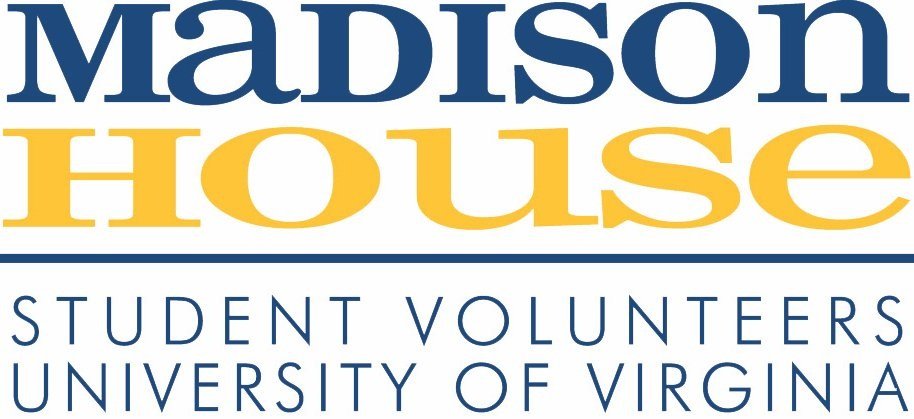Earlier this month, our team had the opportunity to speak with Mary Coleman, the Executive Director at Charlottesville’s City of Promise. City of Promise is a branch of the Department of Education’s Promise Neighborhood program that seeks to support underserved students and their neighborhoods. The organization serves as a facilitator for several local nonprofits striving to reach students in the Starr Hill, Westhaven, and 10th and Page Neighborhoods.
Every day after school, at their 10th and Page location, City of Promise hosts a series of after-school programs for local children. Volunteers with the PB&J Fund will teach cooking classes, while members of Wild Rock will organize backyard activities, and Cultivate Charlottesville will educate students about the garden. In addition to being an organizational platform, City of Promise has also recently created two new programs: the Key Program and the Dream Builders program. The Key Program launched in January of 2021 and is designed to help local parents enroll in education and training programs that will support their career track planning. The Dream Builders Program, which was launched this fall, is a twelve week project designed to provide parents with the additional tools and resources needed to reach any self-sufficiency goal. Both programs are family-oriented, and, with grant funding, provide financial support to those enrolled.
City of Promise has undergone several changes over the years, and its leaders are always considering how best to support the most students in Charlottesville. When City of Promise first began in 2010, the organization was an extension of ReadyKids, another Charlottesville nonprofit organization dedicated to supporting low income students and families. At that time, the organization received financial support from the Obama Administration, which, at the time, was distributing federal funds to cities seeking to create Promise Neighborhoods.
In July of 2020, ten years after its founding, City of Promise became a fully independent nonprofit, meaning that they are now able to raise their own funds and have an autonomous board. This evolution was a huge step for City of Promise, and the Key Program and Dreambuilders Program played a significant role in that change. These direct community programs created by City of Promise allowed the organization to focus on both the parents and students, and Coleman says that “the family centered model that [they’re] developing is what [she’s] most proud” to have been a part of.
“It’s important to me that people at UVA know the struggles of those who live in Charlottesville. Charlottesville is just a microcosm of many other cities in America where there is a hard racial history and the consequences of that history the current residents are struggling through.”
In previous years, Madison House and UVA student groups have partnered with City of Promise in a variety of ways. Madison House volunteers have worked with City of Promise students primarily through their after-school programs, with Madison House Arts Mentors volunteers visiting on Monday afternoons to craft with students, and the UVA Black Medical Students Association facilitating toy drives during the holidays. While volunteers can be helpful and offer a lot of potential, Coleman notes that City of Promise constantly receives requests from Charlottesville students and residents to volunteer. “We don’t necessarily need that,” says Coleman. “We’re not interested in creating positions where we don’t need them.” Instead, Coleman stressed, the best way for UVA students to support both City of Promise and Charlottesville was to educate themselves about the city and its people.
“Learn more about Charlottesville’s really hard racial history and the consequences of that history for our current residents,” urges Coleman. “It will make you into more thoughtful and informed citizen and voter, both in Charlottesville and beyond.”
To learn more about Charlottesville and our community, consider volunteering through Madison House and taking a few of UVA’s Civic and Community Engagement courses. These classes include topics such as AMST 3221: “Hands on Public History” with Professor Goff or Professor Nelson’s ARH 3003: Evidence and Archives in Architectural History.
Additional resources include:
Mapping Cville: Mapping Cville is an ongoing project that Charlottesville activist and journalist Jordy Yager first began working on in 2018. Through the organization, he and his team create maps to show how racist covenants in Charlottesville have historically affected, and currently affect, the city’s landscape. Yager writes that, through this project, he hopes to understand and display the “structures and decisions that have gotten us to where we are today.”
The Jefferson School African American Heritage Center on 4th Street: Located in downtown Charlottesville in the building that once housed a Freedman’s School, The Jefferson School writes that their mission is to “honor and preserve the rich heritage and legacy of the African American community of Charlottesville/ Albemarle.” Visit the Jefferson School at 233 4th St. NW or check out their website to browse their exhibits and learn about local history.
Author: Caroline Young; csy6wd@virginia.edu
Know a Madison House volunteer or alumni we should spotlight? Nominate a friend!

